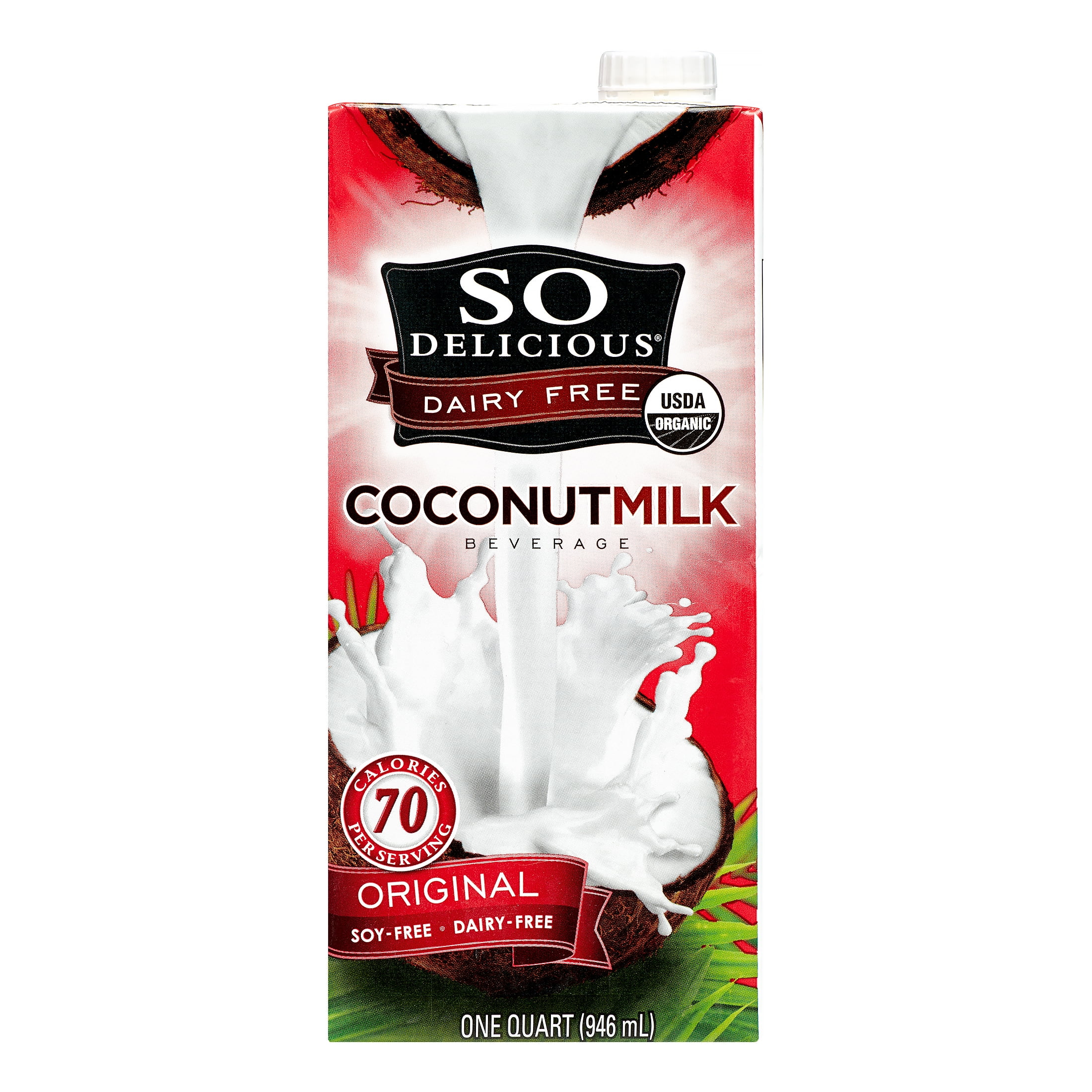
- #Delicious library export csv order information install
- #Delicious library export csv order information software
The data your health system has therefore isn’t really a reflection of your health, but of your sickness at a few points in time. Think about it - your doctor usually only sees you once a year for your annual checkup, or when you are sick. Your doctor and the systems they use (the EHRs - Electronic Health Records systems) only know so much about you. This is the promise behind this technology in driving the way to true digital transformation in healthcare.Ī little background and why I wanted to build an Apple HealthKit app

It’s that it’s being collected seamlessly and combined with context to provide you and your care team with more complete and timely information that can be used to find things before it becomes a problem and you end up at the Emergency Department. But it’s not that the data is being always collected and just there for you to review. In the past, this data had to be tracked manually, or through a visit to your doctor to assess occasionally. Like the saying “the best camera you have is the one that’s with you”, IoT sensors passively collecting your health data will prove invaluable. Building upon previous health announcements of the release of HealthKit (I wrote about this a few years ago: the Electronic Sickness Record), CareKit, ResearchKit, and Apple Health Records (recently I covered that: An Apple a Day Keeps the Doctor at Bay), they continue to make it easier for people to track their well-being, effortlessly. Every year at WWDC - their Worldwide Developers Conference - healthcare gets the spotlight for a moment.
#Delicious library export csv order information software
Run the below commands to list the recently created (or uploaded) documents.Apple continues to make health and fitness capability improvements to their software and devices. The above commands store the details in the array object “ $Result“, we can generate the required report from this result array. $Result | Export-CSV "C:\SharePoint-Files.CSV" -NoTypeInformation -Encoding UTF8 ModifiedByEmail = $įileSize_KB = ::Round(($item.FieldValues/1024), 2) #File size in KB RelativeURL = $item.FieldValuesĬreatedByEmail = $ĬreatedTime = $item.FieldValues $Result += New-Object PSObject -property = $item.FieldValuesįileType = $item.FieldValues

Write-Progress -activity "Processing $($item)" -status "$i out of $TotoalFiles completed" $credentials = New-Object ($adminAccount,$secPwd) $secPwd = $(ConvertTo-SecureString $adminPwd -asplaintext -force) #Connect and Load SharePoint Library and Root Folder #Specify SharePoint Online Site URL or User's OneDrive Site URL $Result = SharePoint or OneDrive site admin account

#Add required references to SharePoint client assembly to use CSOM

#Delicious library export csv order information install
To use CSOM in PowerShell, we need to install Microsoft SharePoint Online Client SDK components and load the required assembly files. The following script retrieves all the file documents from the given site document library and exports the document metadata details (such as file name, file path, document id, file size, file created time, last modified time, author name, and last modified user email ) to a CSV file.


 0 kommentar(er)
0 kommentar(er)
